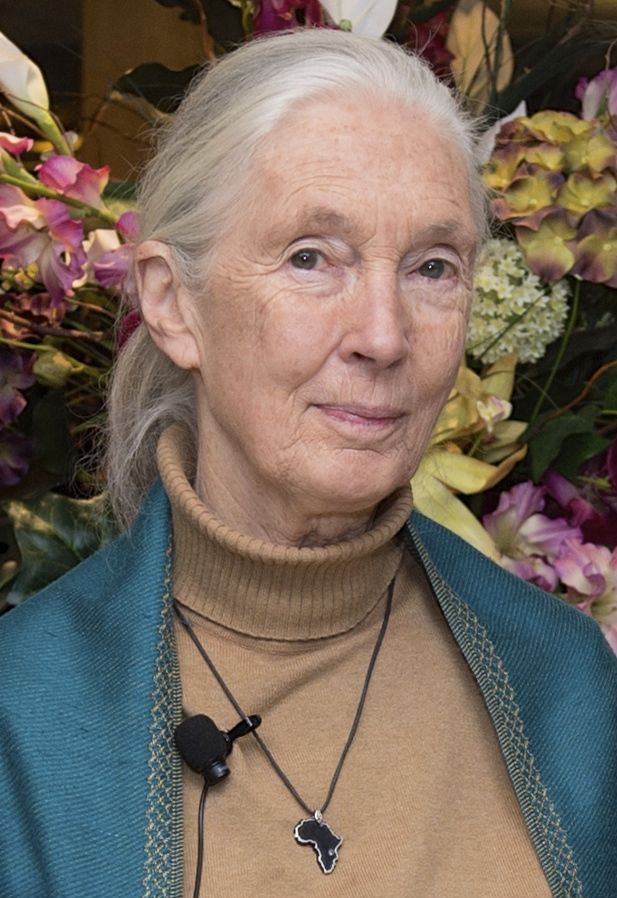Recently, an unbelievable observation in the depth of Indonesian rainforests has been the prime focus of attention for all scientists and nature lovers. An adult male Sumatran orangutan, nicknamed Rakus, was observed to use an incredible sort of self-care, mingling human and animal ingenuity. It was an interesting event to have happened within the vast region of Gunung Leuser National Park-a hotbed of biodiversity on the Indonesian island of Sumatra, which houses the last stronghold of the critically endangered Sumatran orangutans.
Rakus’s Self-Medication with Medicinal Plant
The incident happened when the researchers, observing orangutan behavior since 1994 in minute detail, found Rakus with a big wound on his right cheek. Most likely inflicted during a clash with some rival males, it thus offered a very good chance to record how these clever animals react to physical injuries of their own. There followed a rare act of self-medication, seldom recorded in wild animals so unmistakably and purposefully.
Rakus is a flanged male orangutan with the prominent feature of his big cheek pads, carefully selecting and chewing leaves from a tropical plant scientifically known as Fibraurea tinctoria. Locals refer to it as Akar Kuning, a plant believed to have medicinal values throughout Southeast Asia for relief from pain and inflammation. It is not that the orangutans commonly consume this plant; hence, making Rakus’s action all the more intriguing.
Then, he chewed the leaves and, using his fingers, spread the resultant plant juices over the wound. He laid the masticated plant material over the wound in a manner similar to creating a natural bandage. Photographs taken of this process subsequent to the event revealed that the wound, within a month, had healed cleanly without evidence of infection or other complications.

Significance and Implications of the Discovery
This behavior, which was studied and reported in Scientific Reports, has left the scientific world dumbfounded. Co-author Isabelle Laumer, a biologist at the Max Planck Institute of Animal Behaviour, framed this discovery as important: “This is the first time that we have observed a wild animal applying a quite potent medicinal plant directly to a wound.” A finding like this has deeper implications-it points toward resource-seeking and self-medication behaviors in animals being more general than hitherto believed.
Indeed, previous studies have reported various great ape species searching for medicinal plants to treat internal ailments. For instance, chimpanzees have been observed to chew the bitter shoots of plants to alleviate stomach sickness, while gorillas consume leaves containing abrasive fibers in order to rid themselves of stomach parasites. This direct application of a medicinal substance to a wound is, however, new to the behavioral repertoire of wild animals.
Jacobus de Roode, an Emory University biologist not affiliated with the work, only emphasized the importance of just this kind of individual observation: “Very likely it’s self-medication.” Rakus applied the plant only to the wound, he added-a focus that hints at actual treatment.
The question then is how did Rakus learn this? Caroline Schuppli, another co-author from Max Planck, speculated that Rakus might have learned the technique from other orangutans outside the park’s boundaries, away from the watchful eyes of researchers. This opens some fascinating possibilities concerning medicinal knowledge transmission within orangutan populations and its cultural learning therein.
The revelation of Rakus’ self-medication has shed light not only on the cognitive abilities of orangutans but also encouraged speculation about medicinal practices in humans. “If this behavior exists in some of our closest living relatives, what could that tell us about how medicine first evolved?” asked Tara Stoinski, the president and chief scientific officer of the Dian Fossey Gorilla Fund, who was not involved in the study.
As we move further into the story of Rakus and his medicinal use of plants, we are reminded of how connected we really are to our primate cousins. Their behaviors give us a view of our own past and shared heritage that continues to shape the way we relate to the natural world. The following sections will explore the implications of this discovery and what it teaches us about the evolution of medicine, cognitive capabilities of great apes, and conservation challenges these remarkable creatures face.
Related posts:
Orangutan seen treating wound with medicinal plant in world first
In a first, an orangutan was seen treating his wound with a medicinal plant
In a first, an orangutan is seen using a medicinal plant to treat injury



